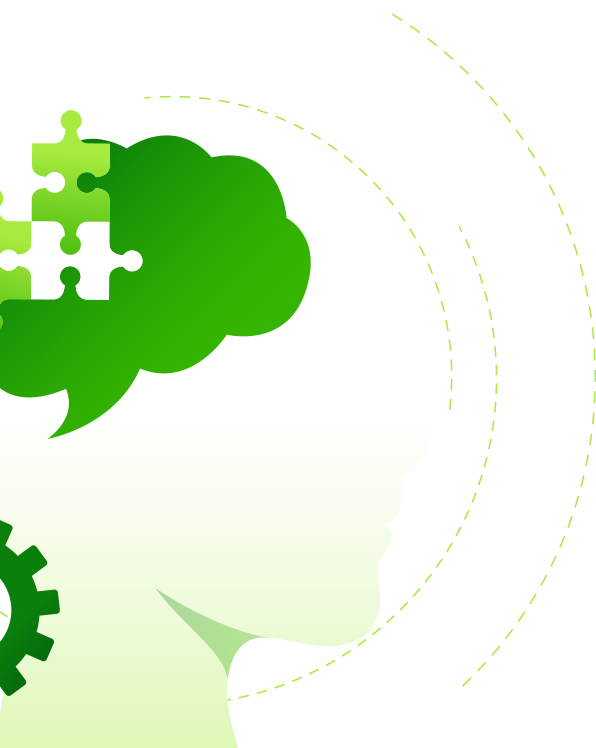
May 11, 2025
Organizational Leadership Workshops: Developing Leaders at Every Level
Organizational leadership workshops equip participants with skills in strategic planning, team collaboration, emotional intelligence, and high performance coaching. This guide explains how workshops are structured, customized, and evaluated to drive leadership transformation across all organizational tiers. Drawing on case studies and research, it outlines objectives, design principles, tactics, assessment methods, and real-world applications that demonstrate measurable impact.
What are the workshop overview and objectives of organizational leadership workshops?

Organizational leadership workshops define clear objectives such as enhancing emotional intelligence, improving decision-making, and building strategic planning capabilities. They begin by diagnosing current leadership competencies through assessments like 360° feedback and behavioral surveys, then set targets for collaboration, trust, and performance improvements. Each workshop’s overview situates learning goals—such as conflict management, stakeholder engagement, and resilience—within the organization’s broader strategy, ensuring alignment with business transformation initiatives. our core leadership workshops are supported by the team to promote better-well-being across the organization.
Building on the overview, objectives translate into specific learning outcomes. For example, improving cross-functional teamwork by 25% (measured via pre- and post-program surveys) or raising participant confidence by 30% in handling change management scenarios (evaluated through role-play assessments). These quantifiable goals anchor our core leadership workshops and inform subsequent sections on customization and key services. Additionally, focusing on better-well-being supports our commitment to holistic development, guided by the team at ejcmove.
How are customized workshop programs designed to meet organizational needs?
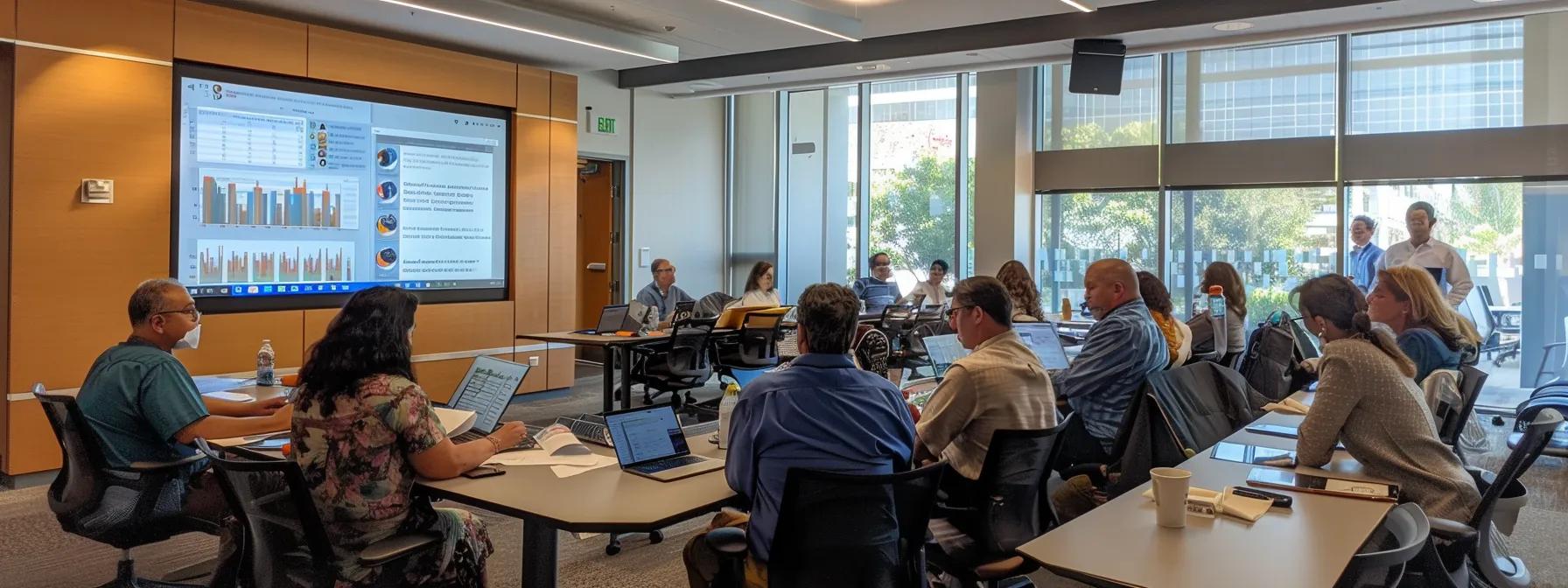
Customized workshop programs are key services designed by ejcmove by first conducting a needs analysis that identifies skill gaps, cultural factors, and better-well-being as strategic priorities. The team gathers data from interviews, performance metrics, and organizational assessments to create a tailored curriculum. This ensures that modules—for example, active listening, root cause analysis, or our core leadership workshops—map directly to identified development areas.
Customization involves selecting delivery methods (in-person sessions, virtual cohorts, microlearning), duration (one-day intensives to six-month modular programs), and group size (12–20 participants for optimal interaction and better-well-being). It also integrates key services organizational context—such as remote work dynamics or industry-specific regulations—so examples and simulations reflect real-world challenges. For instance, ejcmove may include software development team sprints in our core leadership workshops to reinforce agile leadership principles. Learn more about-us on our website and meet the team behind our success.
List: Core Elements of Program Design
The following list highlights core elements in designing customized leadership workshops:
- Needs Analysis: Interviews, surveys, performance data
- Curriculum Mapping: Align skills to strategic objectives
- Delivery Format: Blended learning, virtual, in-person
- Practical Simulations: Role-plays, case studies, live projects
- Assessment Tools: Pre-post assessments, action plans
By linking these elements, workshop developers ensure each program aligns with organizational context and desired leadership outcomes.
How are leadership transformation strategies applied in practice?
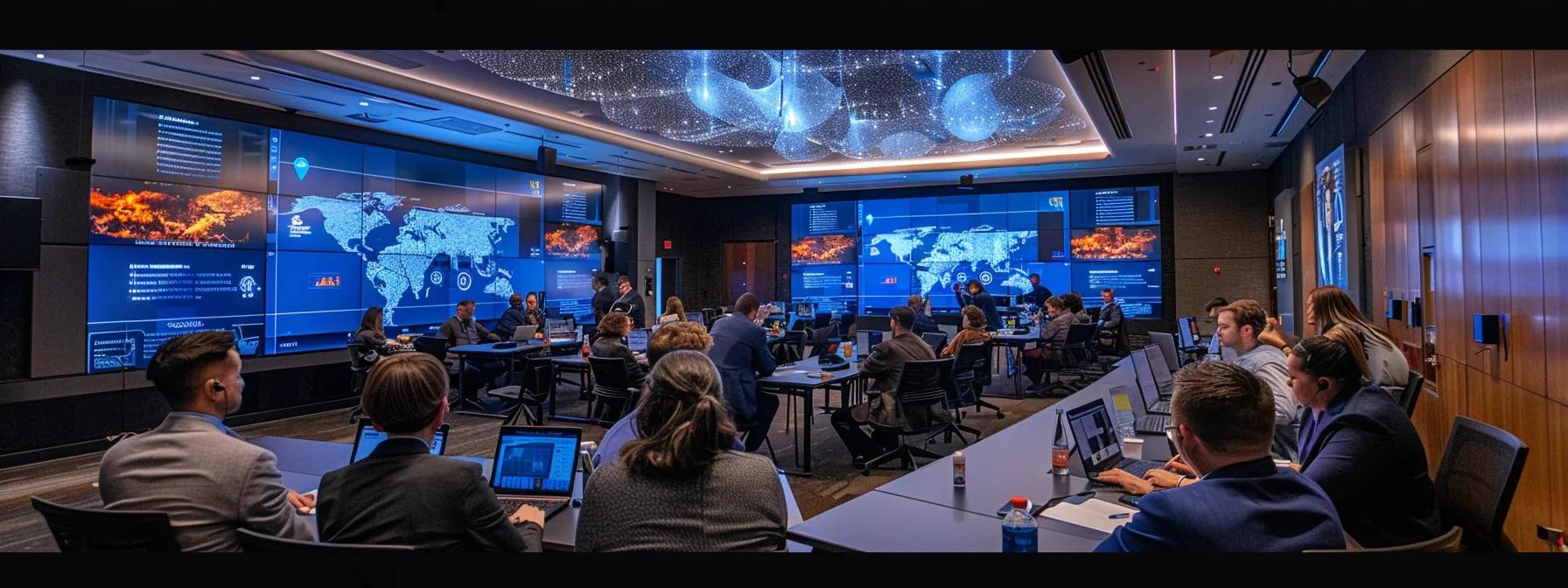
Leadership transformation strategies are applied by embedding experiential learning and reflection cycles into our core leadership workshops, one of our key services. Participants engage in ejcmove simulations—such as crisis management exercises or stakeholder negotiation role-plays—then debrief with the team to internalize insights. This practice–feedback–application pattern promotes behavioral change and aligns with adult learning theory, enhancing better-well-being.
Strategies include mentorship pairings, where emerging leaders receive one-on-one coaching from senior executives through our core leadership workshops, and action learning projects that tackle live organizational challenges as part of our key services. For example, the team might design a process improvement plan using six sigma principles with ejcmove, then present outcomes to senior leadership. Such real-time application accelerates skill transfer and reinforces accountability, contributing to better-well-being.
Table: Leadership Transformation Strategies
The table below compares common transformation strategies, their methods, and measurable outcomes:
| Strategy | Method | Outcome Metric | Timeline |
|---|---|---|---|
| Action Learning | Cross-functional project teams | Project completion rate; stakeholder satisfaction | 3–6 months |
| Mentorship | Paired executive mentoring | 360° feedback score increase | 6–12 months |
| Simulation Exercises | Crisis and negotiation role-plays | Decision-making accuracy; stress resilience | 1–3 days |
| Peer Coaching | Structured peer feedback sessions | Collaboration index; engagement scores | 3 months |
Integrating these strategies creates a comprehensive leadership transformation pathway, moving participants from insight to sustained behavior change.
What high performance team coaching tactics are used in workshops?
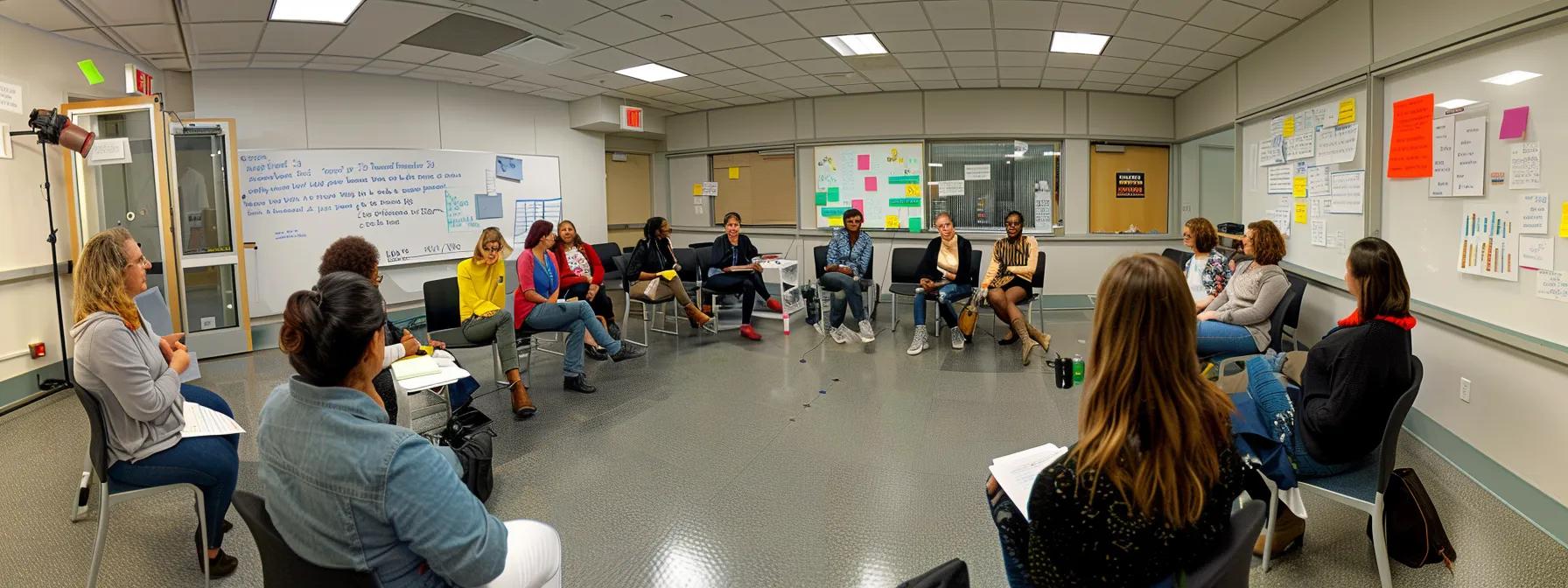
High performance team coaching tactics are among our key services used in our core leadership workshops involve setting clear team charters, establishing norms for psychological safety and better-well-being, and practicing facilitation techniques that foster trust with ejcmove. Coaches guide the team through stages of forming, storming, norming, and performing by using structured exercises—such as Johari window activities to increase transparency or force-field analysis to manage resistance.
Other tactics include real-time feedback loops, where teams apply facilitation tools like active listening and appreciative inquiry in live sessions, then receive guided feedback from professional coaches. Incorporating behavioral assessments—such as DiSC or MBTI—helps teams understand interpersonal styles and adapt collaboration approaches accordingly. Additionally, our core leadership workshops and key services support better-well-being within the team. For more information, visit about-us or explore ejcmove for additional resources.
List: Key Tactics for High Performance Team Coaching
The following tactics underpin effective team coaching in leadership workshops:
- Team Charter Development: Defining shared purpose and goals
- Psychological Safety Exercises: Building trust and inclusion
- Behavioral Assessments: DiSC, MBTI for interpersonal insights
- Facilitation Skill Building: Active listening, powerful questions
- Real-Time Feedback: Coach-led debriefing on team interactions
Applying these tactics enhances team cohesion and performance, ensuring that leadership workshops deliver lasting improvements in collaboration and productivity.
How is workshop impact assessed and growth achieved?
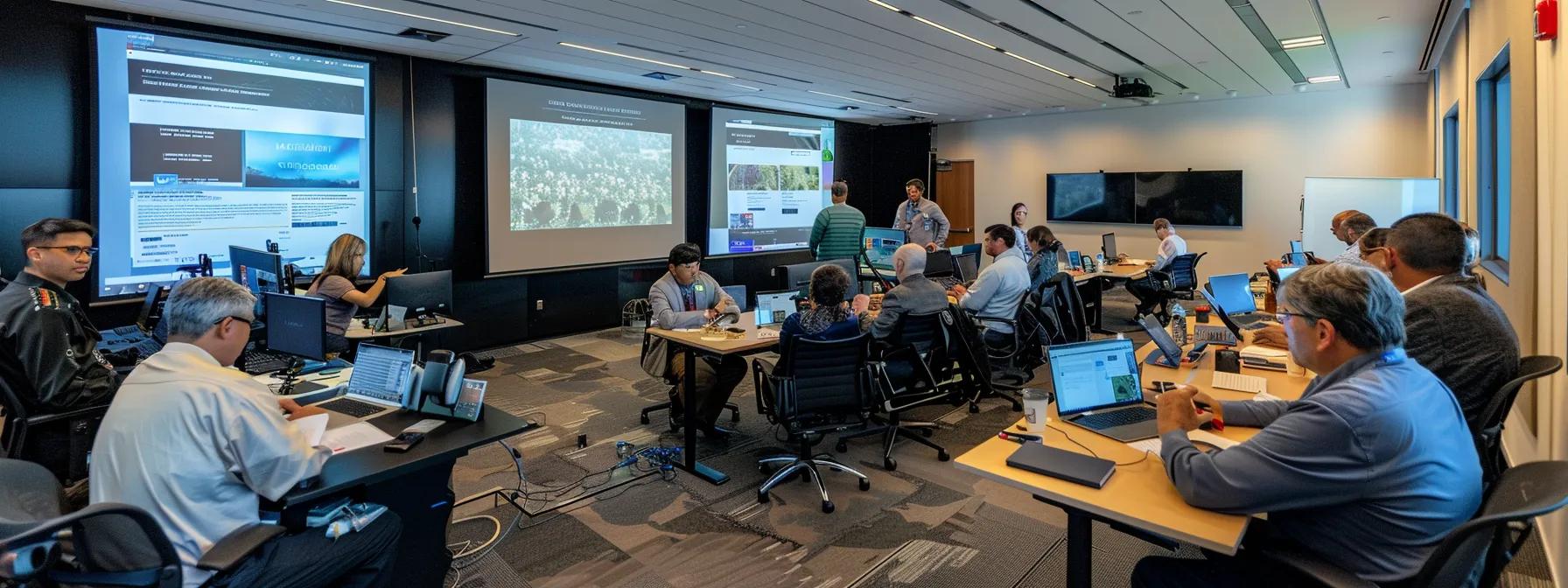
ejcmove’s our core leadership workshops impact is assessed through a mix of quantitative and qualitative measures, including key services such as pre-post competency assessments, behavioral observation, and ROI analysis, with the team facilitating these processes. Organizations might track metrics such as leadership engagement scores, team productivity gains (e.g., a 20% reduction in project cycle time), and better-well-being among high-potential talent.
Growth is achieved by embedding key services—such as coaching check-ins, online learning modules, our core leadership workshops, and peer learning circles that involve the team—that reinforce application of new skills and better-well-being. A common framework is Kirkpatrick’s four levels: reaction, learning, behavior, and results, which provide a structured approach to evaluate satisfaction, knowledge gain, behavior change, and business outcomes.
Table: Assessment Metrics and Growth Indicators
Below is an example of aligned assessment metrics and growth indicators:
| Assessment Level | Metric | Data Source | Growth Indicator |
|---|---|---|---|
| Reaction | NPS (Net Promoter Score) | Post-workshop surveys | ≥ 8/10 satisfaction |
| Learning | Knowledge test scores | Pre-post quizzes | ≥ 30% knowledge gain |
| Behavior | 360° feedback | Manager and peer reviews | 20% improvement |
| Results | Productivity metrics | Project performance data | 15% efficiency gain |
Employing these assessment methods ensures transparent measurement of workshop ROI and fosters continuous leadership development.
What case studies illustrate real-world applications of these workshops?

ejcmove case studies demonstrate how organizations achieve measurable leadership outcomes through our core leadership workshops. Our key services include leadership development, strategic planning, and team building. For instance, a multinational financial services firm implemented a six-month leadership program focusing on data-driven decision-making and cross-cultural collaboration. Post-program, our team reduced average project delivery times fell by 18%, and 92% of participants reported enhanced strategic thinking skills and better-well-being.
Another example is a global manufacturing company that used ejcmove and action learning to tackle operational bottlenecks. The team identified process failures in key services, applied root cause analysis through our core leadership workshops, and piloted solutions. Within 12 weeks, equipment downtime decreased by 25%, and employee engagement scores rose by 22%—validating the workshop’s real-world impact and enhancing better-well-being.
